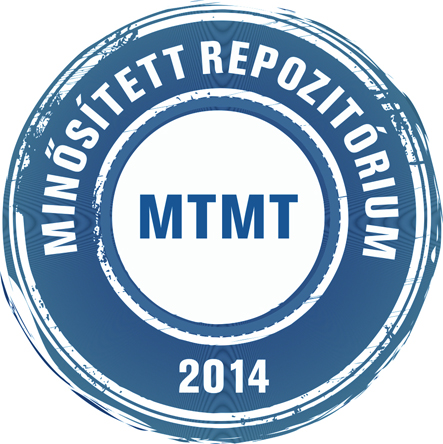Kiss Ádám
Machine Learning-Based Comparison of EEG Signals During Associative Equivalence Learning with Visual Stimuli of Varying Complexity.
Doktori értekezés, Szegedi Tudományegyetem (2000-).
(2025)
Előnézet |
Szöveg
(Disszertáció)
Available under License Creative Commons Attribution Non-commercial. Download (5MB) | Előnézet |
Előnézet |
Szöveg
(Tézisfüzet)
Available under License Creative Commons Attribution Non-commercial. Download (85kB) | Előnézet |
Előnézet |
Szöveg
(Tézisfüzet)
Available under License Creative Commons Attribution Non-commercial. Download (79kB) | Előnézet |
Előnézet |
Szöveg
(Melléklet)
Download (232kB) | Előnézet |
Előnézet |
Szöveg
(Kapcsolódó saját publikációk)
Download (3MB) | Előnézet |
Absztrakt (kivonat) idegen nyelven
Associative learning is a fundamental cognitive process that enables individuals to form connections between stimuli and responses. This thesis investigates the neural mechanisms underlying associative learning using electroencephalography (EEG) and machine learning techniques. The study compares two tasks: the original Rutgers Acquired Equivalence Test (RAET) and a simplified, feature-reduced version called Polygon. By analyzing cortical activity, the research aims to understand how stimulus complexity and verbalizability influence learning processes. EEG signals were recorded from participants performing both tasks and preprocessed using Independent Component Analysis (ICA) to isolate neural components. Machine learning classifiers, including Long Short-Term Memory (LSTM) networks and Support Vector Classification (SVC), were employed to detect differences in brain activity between the two tasks. The analysis focused on distinct brain regions, such as the frontal, temporal, occipital, and parietal lobes, to assess their roles in learning, attention, and decision-making. Key findings reveal that the frontal region shows the most significant differences between the RAET and Polygon tasks. These differences are linked to varying levels of attention, memory load, and decision-making processes influenced by stimulus complexity. In contrast, the parietal region exhibited minimal variation, suggesting its role is less affected by stimulus features. Although limited in sample size, this study demonstrates the effectiveness of combining EEG with machine learning to uncover cortical activity patterns in associative learning. The findings provide a foundation for future research and highlight the potential of these methods to advance our understanding of cognitive processes.
| Mű típusa: | Disszertáció (Doktori értekezés) |
|---|---|
| Publikációban használt név: | Kiss Ádám |
| Magyar cím: | Eltérő összetettségű képi asszociációs egyenértékűségi tanulások EEG jeleinek összehasonlítása gépi tanulással |
| Témavezető(k): | Témavezető neve Beosztás, tudományos fokozat, intézmény MTMT szerző azonosító Nagy Attila egyetemi oktató, PhD habil, SZTE SZAOK Élettani Intézet 10012540 Kelemen András egyetemi oktató, PhD, SZTE JGYPK, TTIK 10026888 |
| Szakterület: | 03. Orvos- és egészségtudomány > 03.01. Általános orvostudomány > 03.01.05. Idegtudományok (benne pszichofiziológia) > 03.01.05.01. Neurális képalkotás és neurális számítástudomány |
| Doktori iskola: | Kísérletes- és Megelőző Orvostudományi Doktori Iskola (2025-) > Elméleti Orvostudományok Doktori Iskola |
| Tudományterület / tudományág: | Orvostudományok > Elméleti orvostudományok |
| Nyelv: | angol |
| Védés dátuma: | 2025 |
| Terjedelem: | 66 |
| Kulcsszavak: | associative learning, human, visual, stimulus complexity, verbalizability, electrophysiology, independent component analysis, artificial intelligence, EEG |
| EPrint azonosító (ID): | 12478 |
| A feltöltés ideje: | 2025. feb. 26. 17:54 |
| Utolsó módosítás: | 2025. márc. 04. 10:54 |
| URI: | https://doktori.bibl.u-szeged.hu/id/eprint/12478 |
| Védés állapota: | nem védett (Nem idézhető amíg nem kap DOI számot.) |
Actions (login required)
 |
Tétel nézet |





